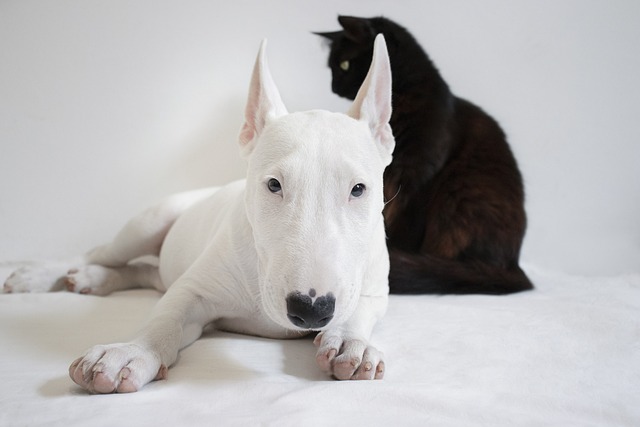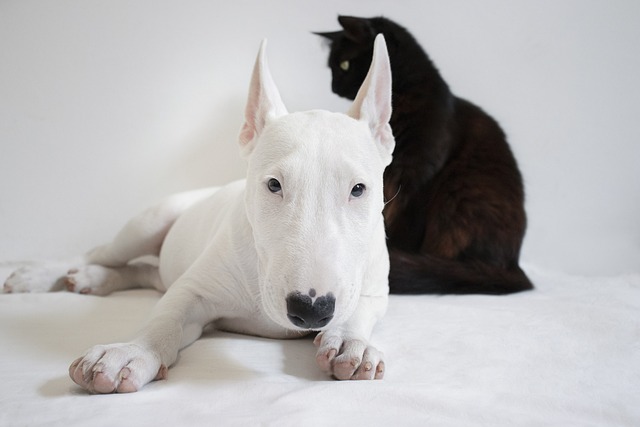
What is the most common dog allergy
I sat with my friend Lena at a coffee shop last week, where she was scrolling through allergy blogs—her 6-year-old son
I sat with my neighbor Mrs. Carter in her kitchen last week, watching her 8-year-old Beagle, Max—who was diagnosed with early kidney disease—beg for a treat. She held up a store-bought biscuit, then hesitated. “I don’t know if this is safe—what if it makes his kidneys worse?” she asked. If you’re a new U.S. dog owner with a pup battling kidney disease, this fear is familiar. Choosing kidney disease dog treats isn’t about depriving your dog of rewards; it’s about picking (or making) options that ease strain on their kidneys—low in phosphorus, moderate in protein, and free of harmful additives. The right treats let you keep bonding with your pup while supporting their health.
To understand why treats matter for kidney disease, let’s break down the science: A dog’s kidneys filter waste, and when they’re damaged, they struggle to process phosphorus and excess protein. Too much phosphorus builds up in their blood, causing discomfort and worsening kidney function. So kidney-friendly treats need to be low-phosphorus (under 100mg per 100kcal, ideally) and have high-quality, moderate protein (think lean meats like chicken breast, not by-products). They also need to skip ingredients like salt, artificial preservatives, or dairy—all of which add extra work for the kidneys. Max’s vet explained that even “healthy” treats like rawhide or cheese are off-limits; they’re too high in phosphorus and protein.

Here’s how to choose or make safe kidney disease dog treats, step by step: First, always check with your vet first. They’ll give you specific phosphorus/protein limits based on your dog’s lab results—Max’s limit was 80mg of phosphorus per treat. Second, read ingredient labels like a pro: Look for treats where “low phosphorus” is clearly stated (many brands for renal health do this), and avoid top ingredients like bone meal, organ meats (liver, kidneys), or whole grains (wheat, oats—higher in phosphorus). Good store-bought picks include freeze-dried chicken breast (single-ingredient, low-phos) or vet-formulated renal treats. Third, make easy homemade treats. Mrs. Carter started making Max’s favorite: mix 1 cup cooked, shredded chicken breast (rinsed to remove extra phosphorus) with ¼ cup cooked white rice (low-phos) and a dash of parsley. Roll into tiny balls, bake at 350°F for 10 minutes, then freeze. Each treat has under 50mg of phosphorus—safe and delicious. Fourth, keep portions tiny: Even safe treats add up—give 1–2 small treats per day, not handfuls.
Never use treats as a “bribe” to make your dog behave (like forcing them to take meds with a treat)—stick to positive reinforcement for good behavior, which aligns with U.S. animal welfare standards. For apartment living, store homemade treats in airtight containers in the fridge to keep them fresh, and avoid leaving treats out where your dog can overeat. When walking, always carry extra poop bags (cities like Philadelphia fine $150 for leaving messes) and keep walks short—kidney disease dogs tire easily. While at the vet, confirm their rabies vaccine is up to date (required nationwide)—vet visits can be stressful, so a tiny kidney-friendly treat can help keep them calm.
Max now wags his tail when he sees Mrs. Carter pull out his homemade chicken treats—they let her reward him without guilt. Choosing kidney disease dog treats is about balance: keeping your pup happy while protecting their kidneys. With vet guidance and simple ingredients, you can do both.

I sat with my friend Lena at a coffee shop last week, where she was scrolling through allergy blogs—her 6-year-old son

You’ve noticed it lately—your playful pup who used to sprint after squirrels now prefers a leisurely sniff around the yard, and that gray muzzle is becoming more pronounced.

Many new dog owners dream of welcoming a big, cuddly companion but worry about keeping up with intense exercise needs.

I sat with my neighbor Mrs. Henderson on her porch last night, as her 12-year-old Labrador, Molly, curled up at her feet. “I worry about her when we go to bed

I spent a Saturday afternoon helping my cousin Maya prep for her new 8-week-old Golden Retriever puppy, Max—she had a cart full of cute sweaters and chew toys but forgot the basics

I sat with my friend Sarah in her living room last week, watching her 6-year-old Cocker Spaniel, Lila—who was diagnosed with early kidney disease